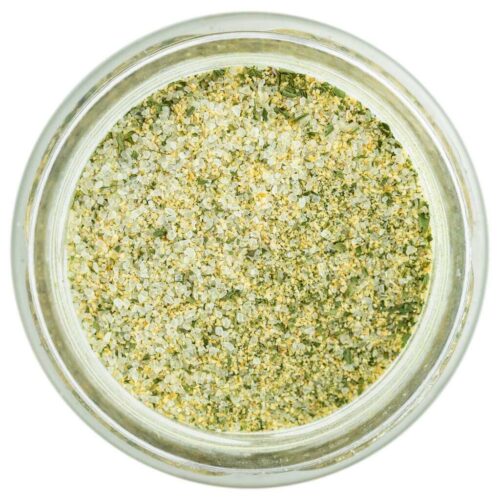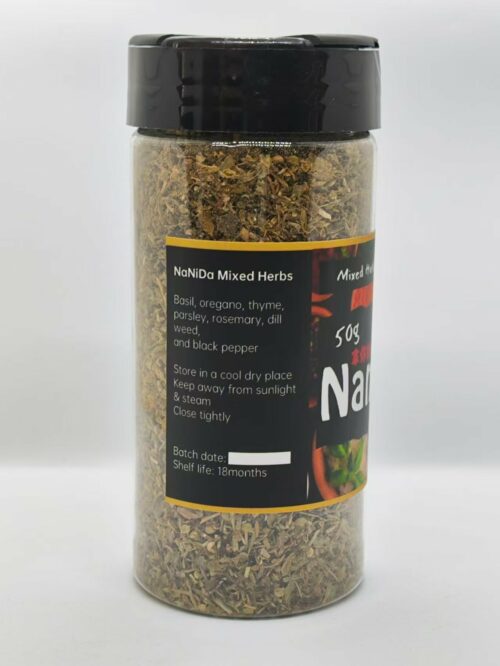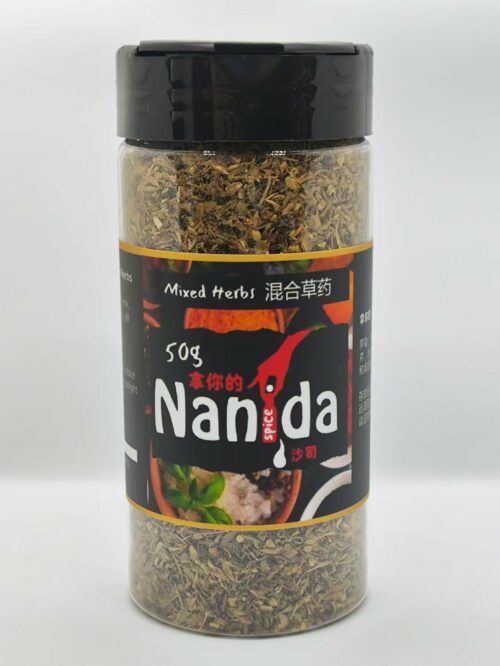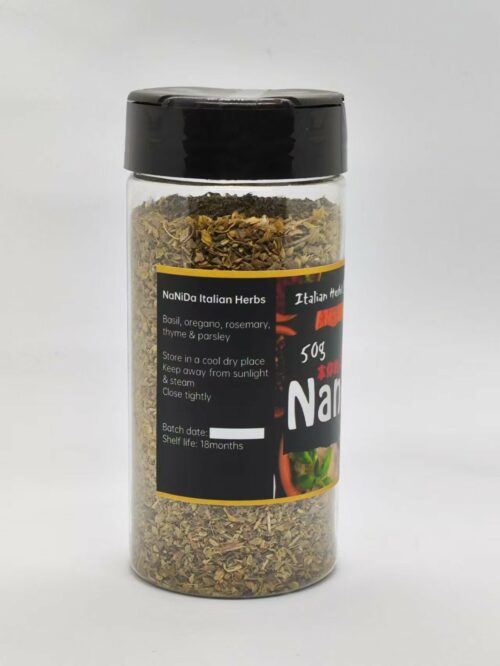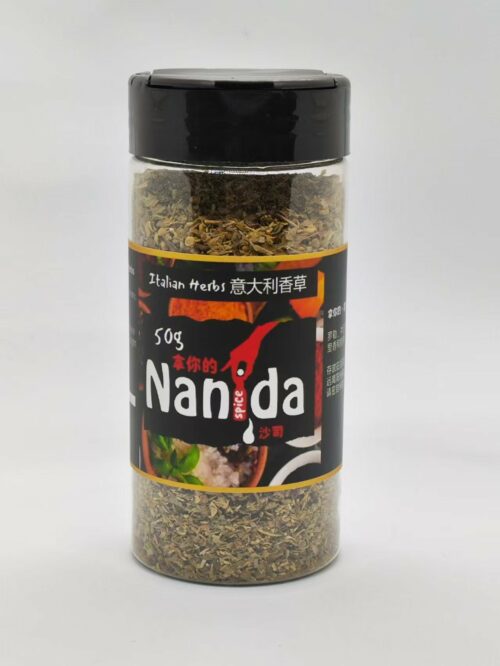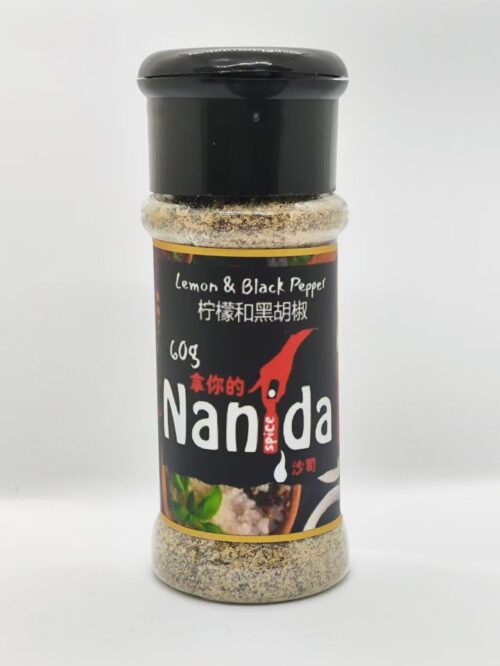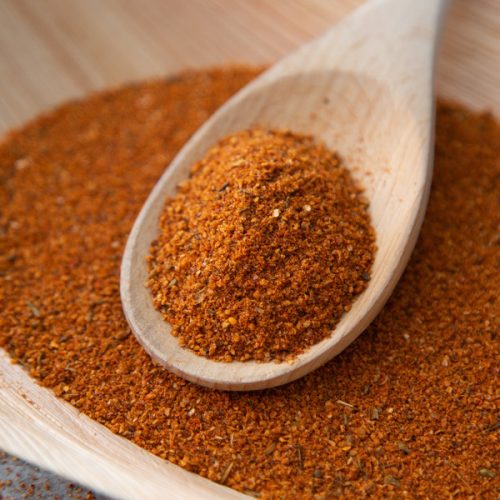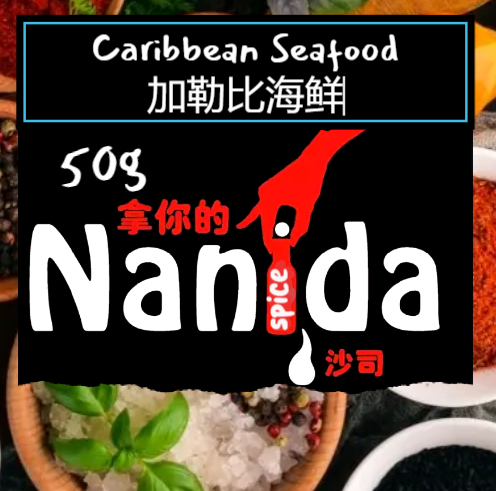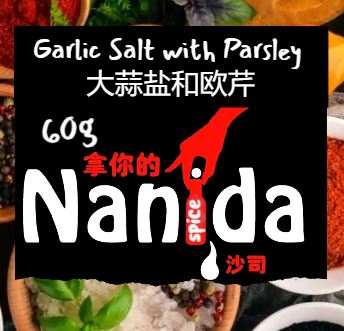Home made mixed spices without the flour, anticaking agents and msg’s
-

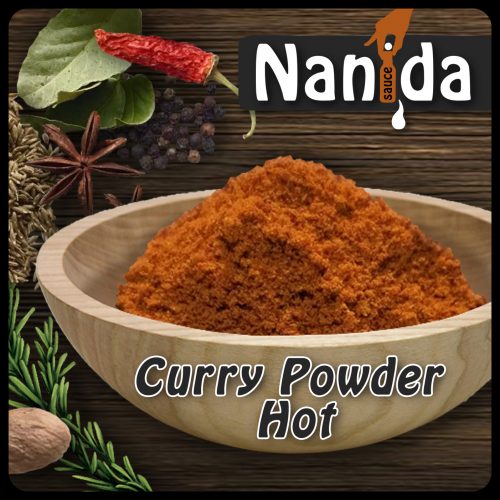 Curry powder is a mixture of up to 20 different herbs and spices, including the commonly used: cardamom, chiles, cinnamon, cloves, coriander, cumin, fennel, fenugreek, mace, nutmeg, pepper, poppy seeds, sesame seeds, saffron, tamarind and turmeric (which gives curry its characteristic golden color). Curry powder is a blend of many spices, and comes in almost infinite varieties Curry powder is largely composed of turmeric. The word "curry" is widely believed to be a corruption of the Tamil word kari, variously meaning something like sauce, cooked vegetables or meat. Through the mass exportation of the condiment to the western table, throughout Europe and North and South America, Curry powder was then largely popularized during the nineteenth and twentieth centuries. In Indian cooking curry is freshly ground each day (making it far more pungent and flavorful than the mixes sold in the store). Each curry powder can have different component spices, in differing amounts--making each curry blend unique. Curry powder is used in soups, and of course, curries. It is also used as a thickening agent in fish and meat dishes. Curry powder also can be used simply to accent a normal meal: pasta, stew and spaghetti. Use in meats, poultry, sauerkraut, eggs, fish, vegetables, tomato juice. Curry powder is also used in dips, chicken salad, and fruit salads.
Curry powder is a mixture of up to 20 different herbs and spices, including the commonly used: cardamom, chiles, cinnamon, cloves, coriander, cumin, fennel, fenugreek, mace, nutmeg, pepper, poppy seeds, sesame seeds, saffron, tamarind and turmeric (which gives curry its characteristic golden color). Curry powder is a blend of many spices, and comes in almost infinite varieties Curry powder is largely composed of turmeric. The word "curry" is widely believed to be a corruption of the Tamil word kari, variously meaning something like sauce, cooked vegetables or meat. Through the mass exportation of the condiment to the western table, throughout Europe and North and South America, Curry powder was then largely popularized during the nineteenth and twentieth centuries. In Indian cooking curry is freshly ground each day (making it far more pungent and flavorful than the mixes sold in the store). Each curry powder can have different component spices, in differing amounts--making each curry blend unique. Curry powder is used in soups, and of course, curries. It is also used as a thickening agent in fish and meat dishes. Curry powder also can be used simply to accent a normal meal: pasta, stew and spaghetti. Use in meats, poultry, sauerkraut, eggs, fish, vegetables, tomato juice. Curry powder is also used in dips, chicken salad, and fruit salads. -

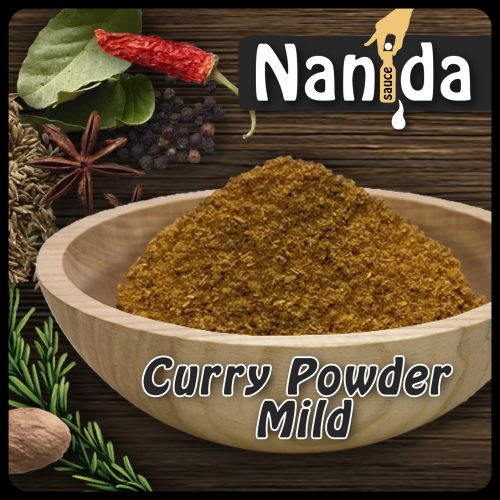 Curry powder is a mixture of up to 20 different herbs and spices, including the commonly used: cardamom, chiles, cinnamon, cloves, coriander, cumin, fennel, fenugreek, mace, nutmeg, pepper, poppy seeds, sesame seeds, saffron, tamarind and turmeric (which gives curry its characteristic golden color). Curry powder is a blend of many spices, and comes in almost infinite varieties Curry powder is largely composed of turmeric. The word "curry" is widely believed to be a corruption of the Tamil word kari, variously meaning something like sauce, cooked vegetables or meat. Through the mass exportation of the condiment to the western table, throughout Europe and North and South America, Curry powder was then largely popularized during the nineteenth and twentieth centuries. In Indian cooking curry is freshly ground each day (making it far more pungent and flavorful than the mixes sold in the store). Each curry powder can have different component spices, in differing amounts--making each curry blend unique. Curry powder is used in soups, and of course, curries. It is also used as a thickening agent in fish and meat dishes. Curry powder also can be used simply to accent a normal meal: pasta, stew and spaghetti. Use in meats, poultry, sauerkraut, eggs, fish, vegetables, tomato juice. Curry powder is also used in dips, chicken salad, and fruit salads.
Curry powder is a mixture of up to 20 different herbs and spices, including the commonly used: cardamom, chiles, cinnamon, cloves, coriander, cumin, fennel, fenugreek, mace, nutmeg, pepper, poppy seeds, sesame seeds, saffron, tamarind and turmeric (which gives curry its characteristic golden color). Curry powder is a blend of many spices, and comes in almost infinite varieties Curry powder is largely composed of turmeric. The word "curry" is widely believed to be a corruption of the Tamil word kari, variously meaning something like sauce, cooked vegetables or meat. Through the mass exportation of the condiment to the western table, throughout Europe and North and South America, Curry powder was then largely popularized during the nineteenth and twentieth centuries. In Indian cooking curry is freshly ground each day (making it far more pungent and flavorful than the mixes sold in the store). Each curry powder can have different component spices, in differing amounts--making each curry blend unique. Curry powder is used in soups, and of course, curries. It is also used as a thickening agent in fish and meat dishes. Curry powder also can be used simply to accent a normal meal: pasta, stew and spaghetti. Use in meats, poultry, sauerkraut, eggs, fish, vegetables, tomato juice. Curry powder is also used in dips, chicken salad, and fruit salads. -

 Curry powder is a mixture of up to 20 different herbs and spices, including the commonly used: cardamom, chiles, cinnamon, cloves, coriander, cumin, fennel, fenugreek, mace, nutmeg, pepper, poppy seeds, sesame seeds, saffron, tamarind and turmeric (which gives curry its characteristic golden color). Curry powder is a blend of many spices, and comes in almost infinite varieties Curry powder is largely composed of turmeric. The word "curry" is widely believed to be a corruption of the Tamil word kari, variously meaning something like sauce, cooked vegetables or meat. Through the mass exportation of the condiment to the western table, throughout Europe and North and South America, Curry powder was then largely popularized during the nineteenth and twentieth centuries. In Indian cooking curry is freshly ground each day (making it far more pungent and flavorful than the mixes sold in the store). Each curry powder can have different component spices, in differing amounts--making each curry blend unique. Curry powder is used in soups, and of course, curries. It is also used as a thickening agent in fish and meat dishes. Curry powder also can be used simply to accent a normal meal: pasta, stew and spaghetti. Use in meats, poultry, sauerkraut, eggs, fish, vegetables, tomato juice. Curry powder is also used in dips, chicken salad, and fruit salads.
Curry powder is a mixture of up to 20 different herbs and spices, including the commonly used: cardamom, chiles, cinnamon, cloves, coriander, cumin, fennel, fenugreek, mace, nutmeg, pepper, poppy seeds, sesame seeds, saffron, tamarind and turmeric (which gives curry its characteristic golden color). Curry powder is a blend of many spices, and comes in almost infinite varieties Curry powder is largely composed of turmeric. The word "curry" is widely believed to be a corruption of the Tamil word kari, variously meaning something like sauce, cooked vegetables or meat. Through the mass exportation of the condiment to the western table, throughout Europe and North and South America, Curry powder was then largely popularized during the nineteenth and twentieth centuries. In Indian cooking curry is freshly ground each day (making it far more pungent and flavorful than the mixes sold in the store). Each curry powder can have different component spices, in differing amounts--making each curry blend unique. Curry powder is used in soups, and of course, curries. It is also used as a thickening agent in fish and meat dishes. Curry powder also can be used simply to accent a normal meal: pasta, stew and spaghetti. Use in meats, poultry, sauerkraut, eggs, fish, vegetables, tomato juice. Curry powder is also used in dips, chicken salad, and fruit salads.



